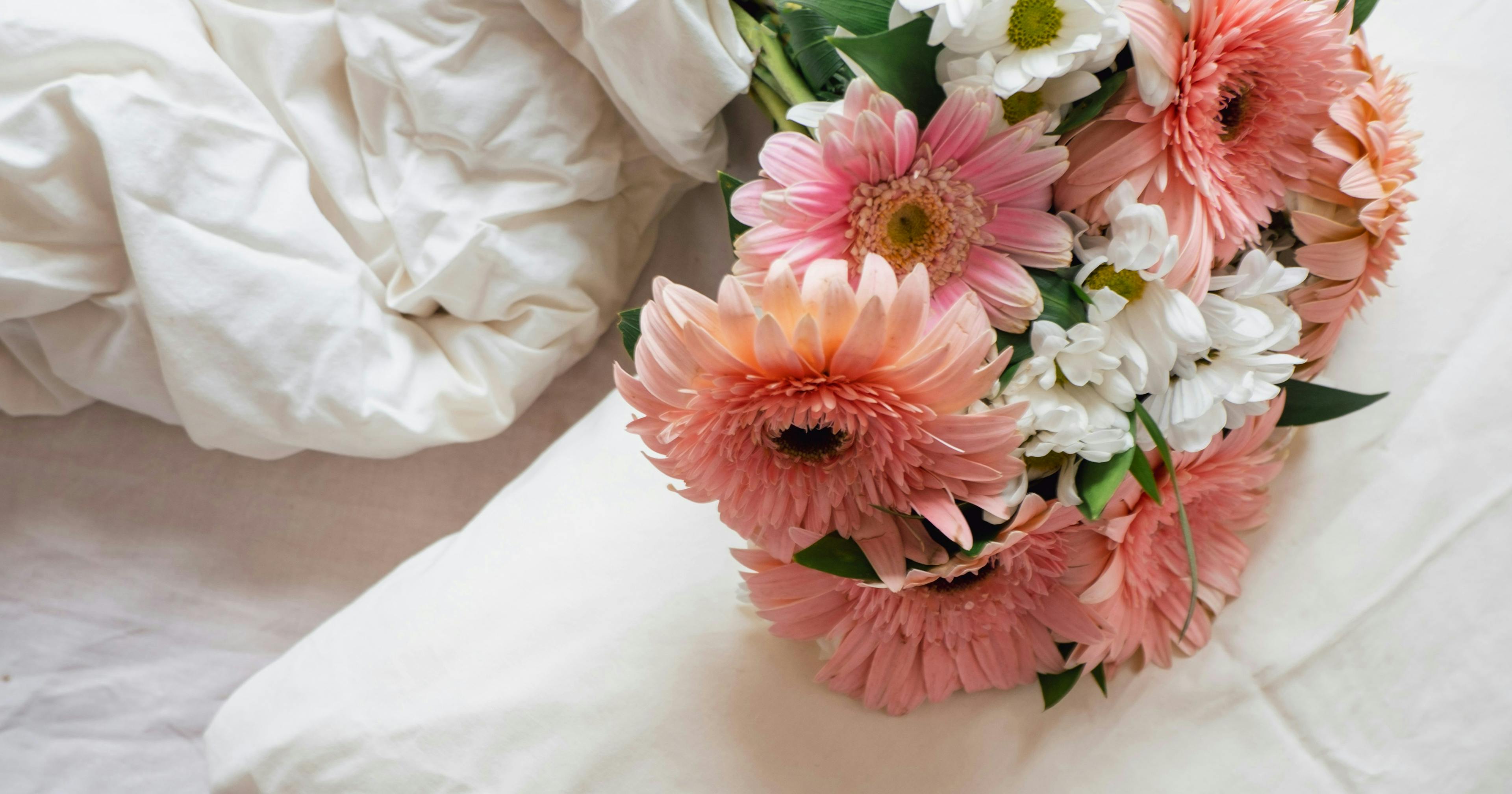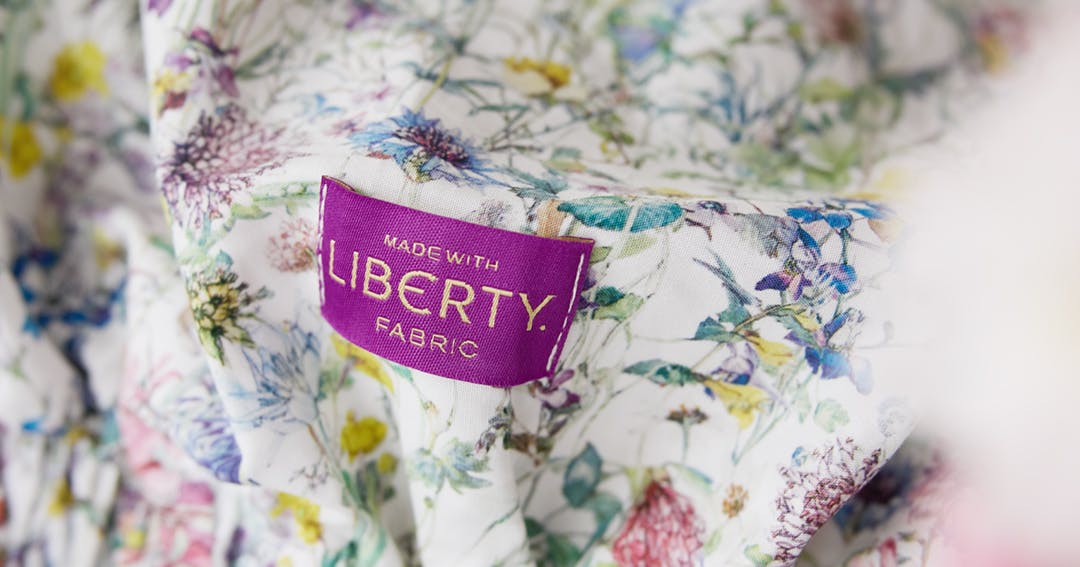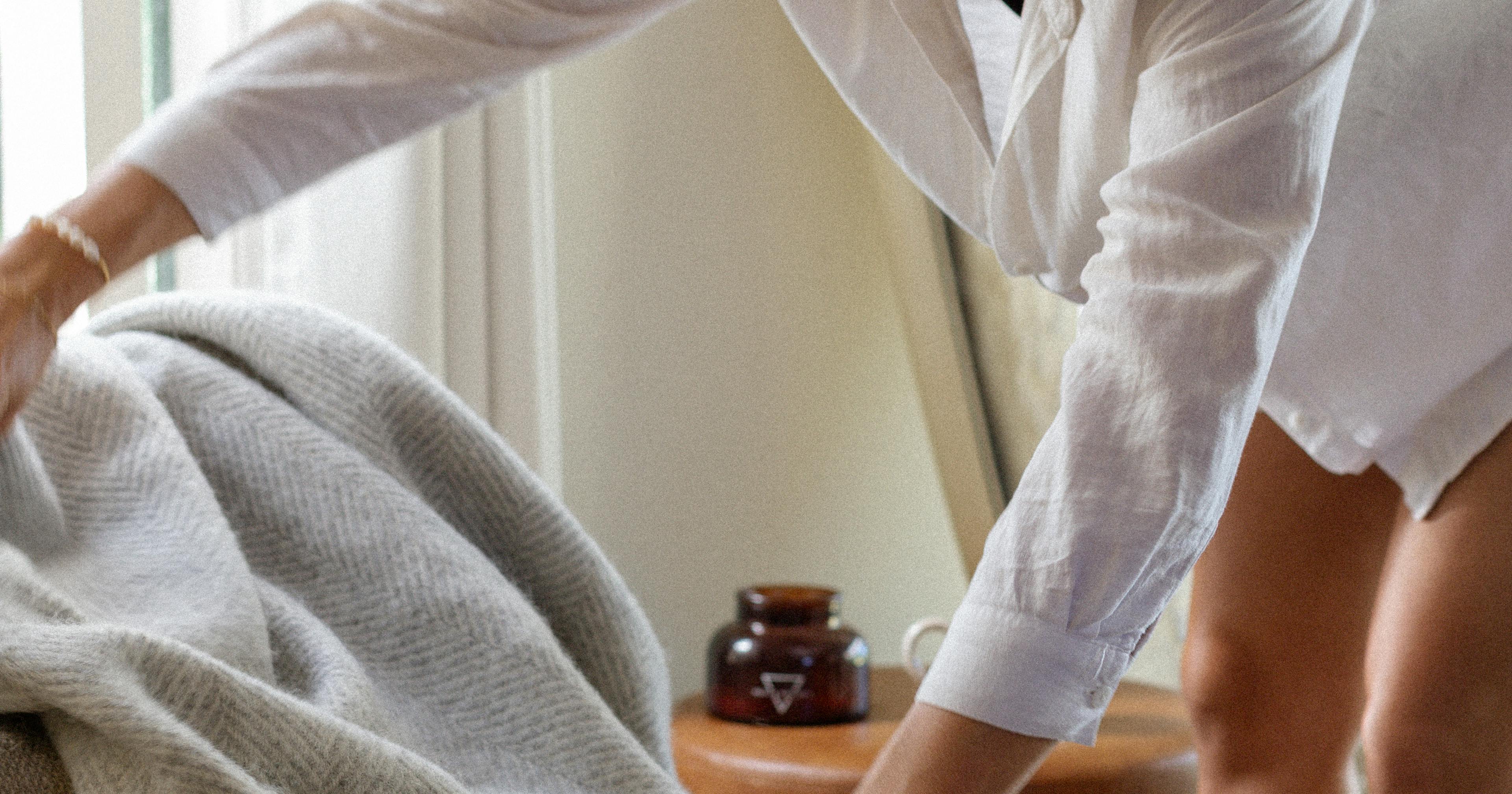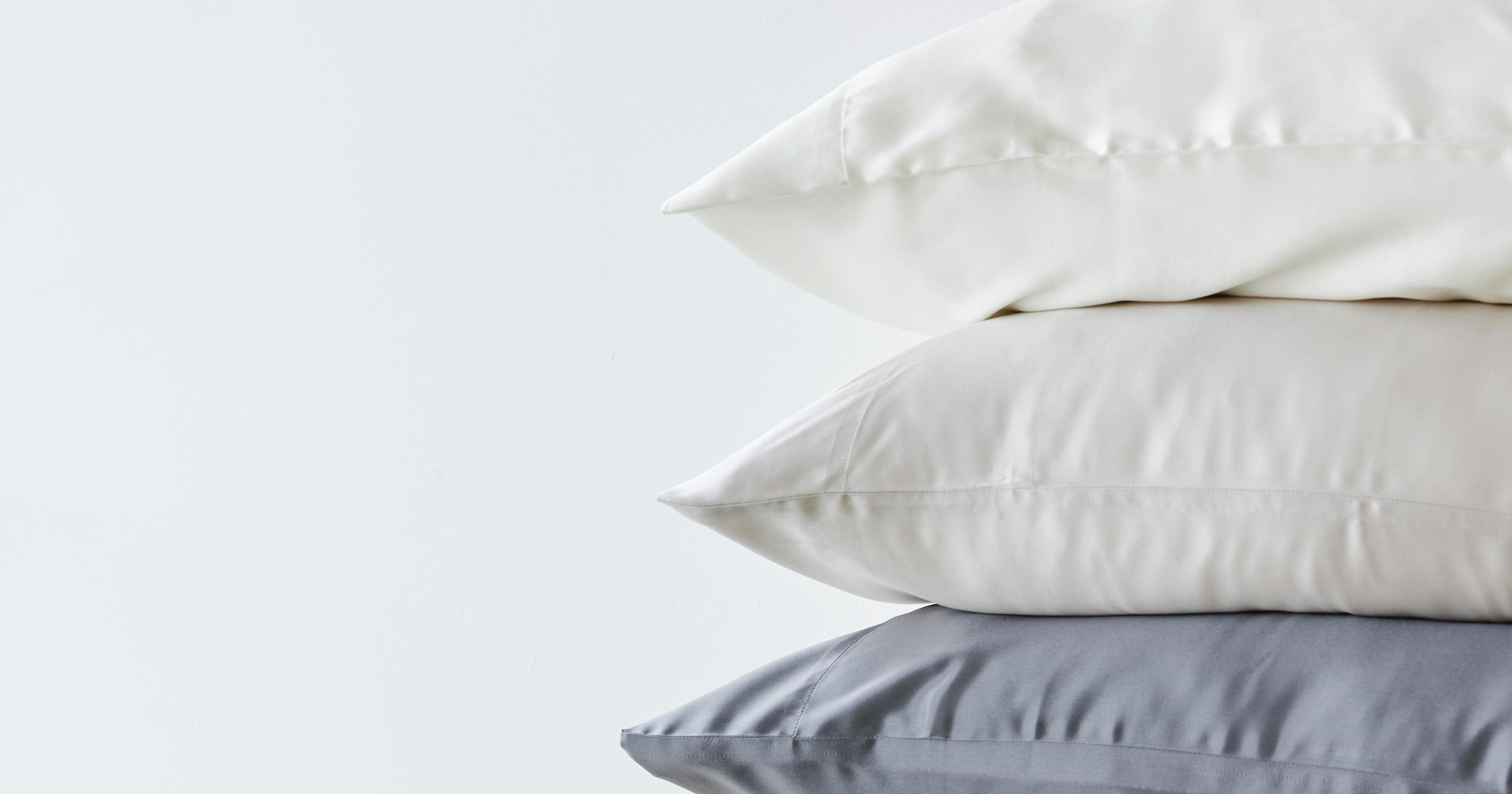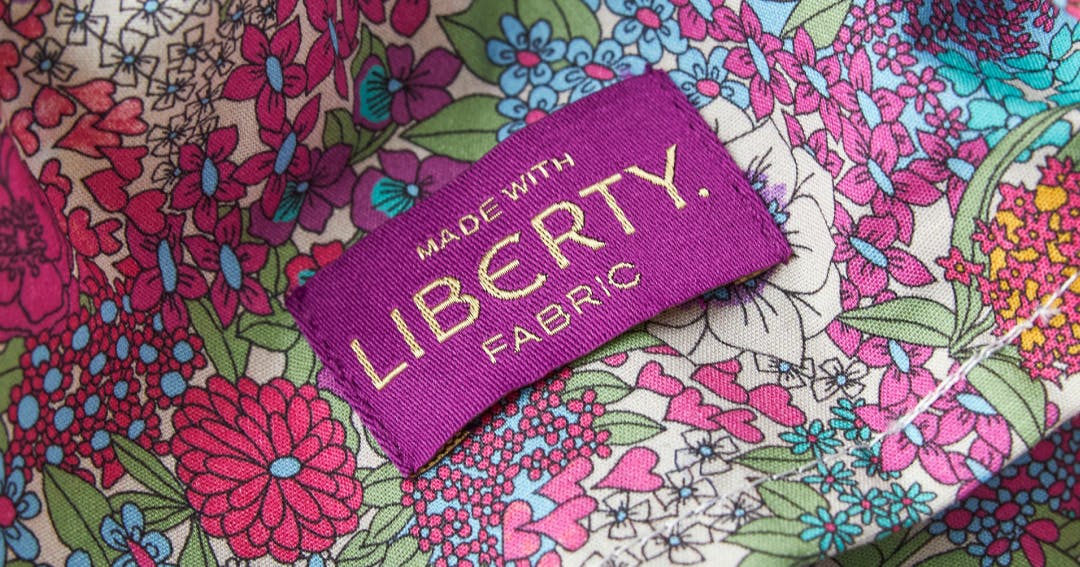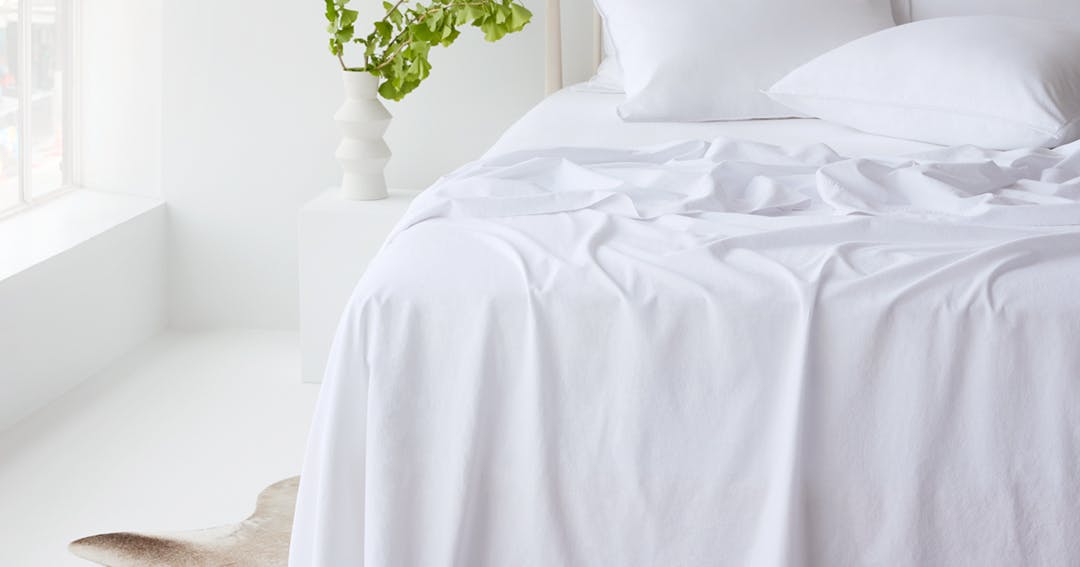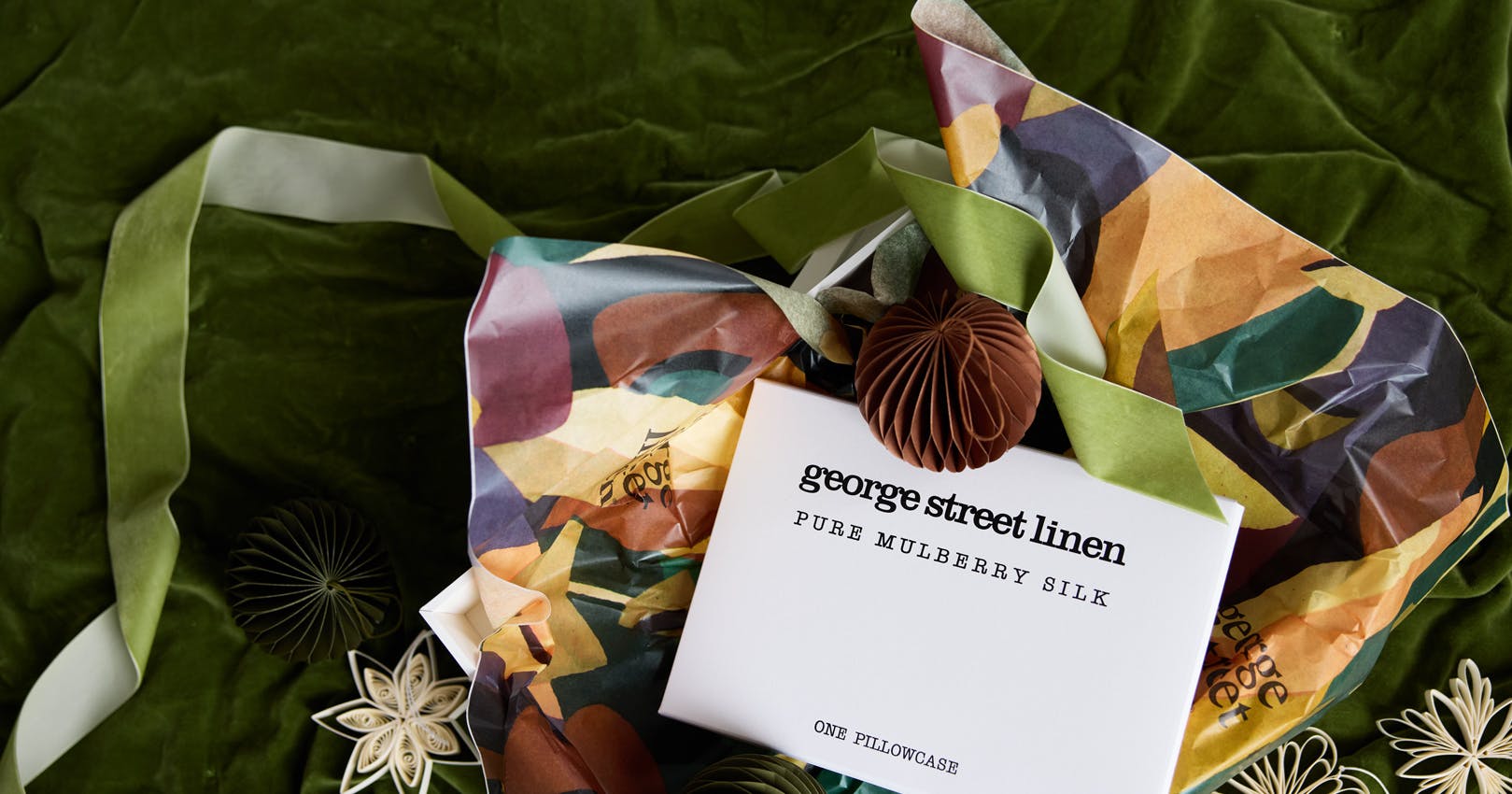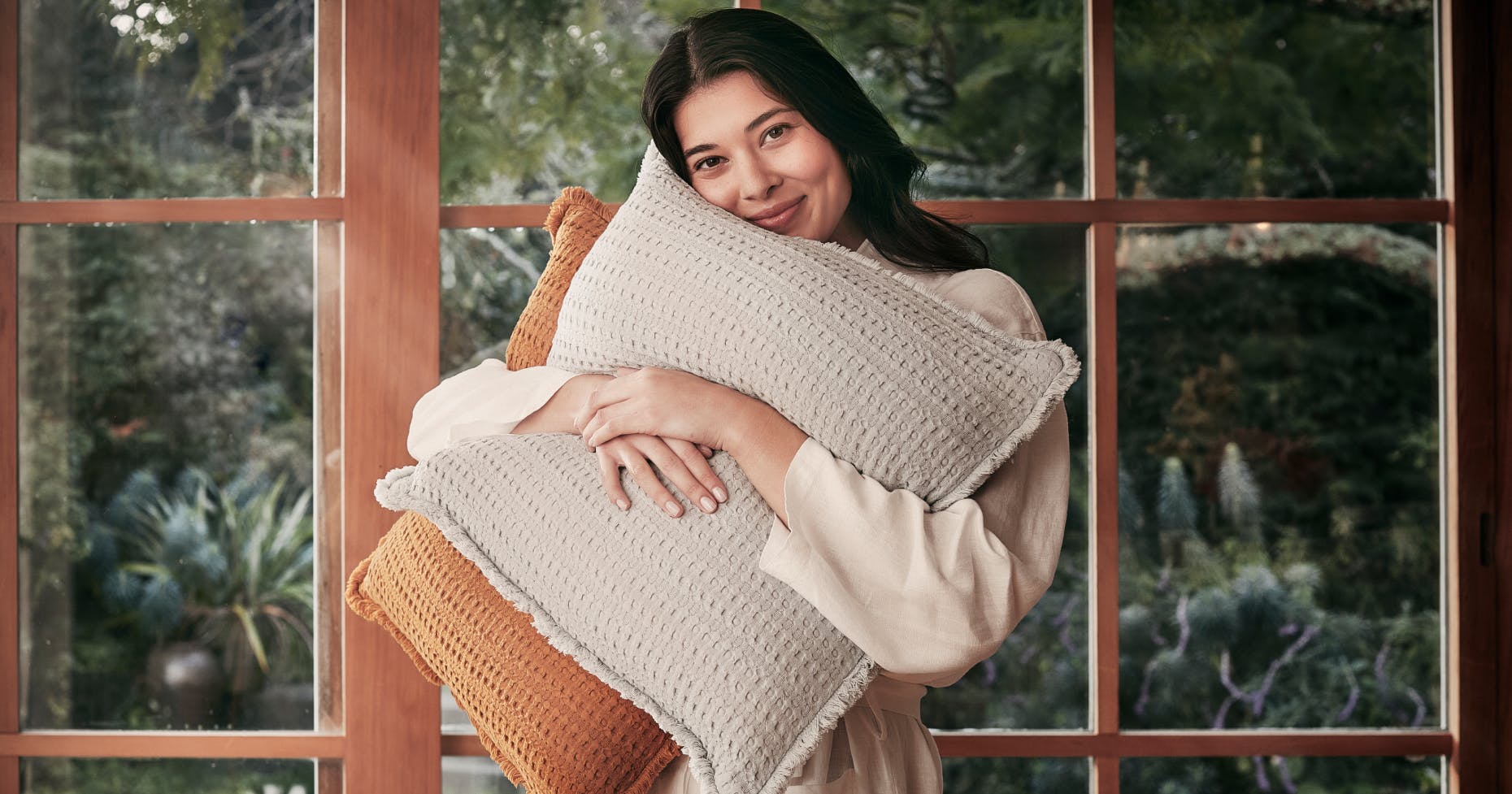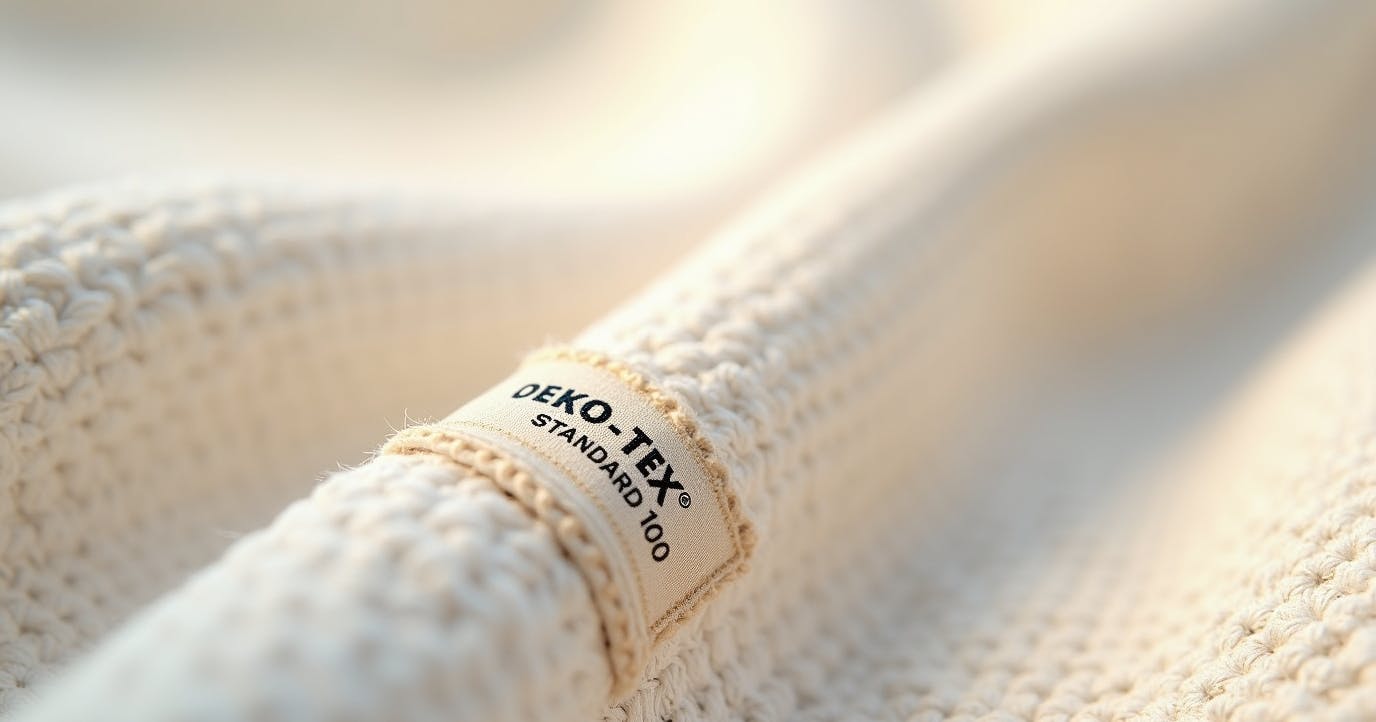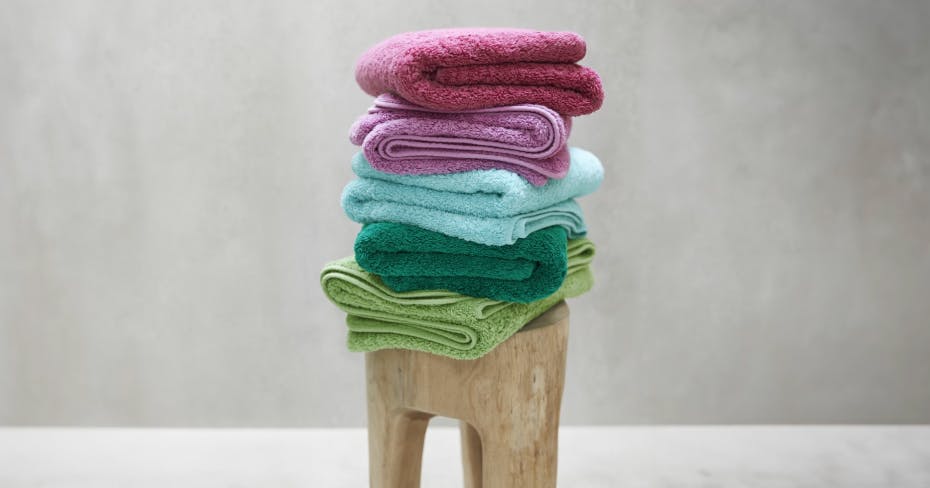Newton developed the colour wheel to show how colours work in relation to each other, artisans were putting colours together instinctively. Because their paints and dyes were made of pigments found locally, the decorations felt grounded by place, showing distinctive regional variations.
In our modern world, we have no limitations on the colours we can obtain and use. At George Street Linen we love jewel-like colours – reds and oranges, greens and violets, blues and yellows – and we mix them with muted grays and soft pinks, creams and whites, just like the artisans of past times.
Understanding Colour 103: Instinctive mixes

In ancient Egypt, the colours used were limited to primaries of mineral origin found locally – red from the iron oxide haematite, aka ochre, which would be burnt until it was a rusty red; blue was made from cobalt and copper, bright yellow from orpiment – along with the seconday colour green from malachite. They obtained many degrees of these four main colours by using white and black, and expanded into buffs and browns by combining greens and red together.
The famous Tyrian purple that the senators of Greece and Rome used to edge their white garments to show their status was made from the glands of a shellfish, Murex purpurea, found of the coast of Tyre, an ancient city in present-day Lebanon. It is an astonishing colour closer to our shocking pink than to the deep violet we would call purple.
You can take inspiration from the past and create some Egyptian magic to your bedroom, playing burnt red off a strong orange or deep pink, then add a surprising yellow. Or experiment with that crazy Roman pink, er, purple. You don’t need to go all-out and paint the walls, but try mixing our beautifully coloured sheets and pillowcases, or add a softly tinted bed throw. There are no rules, just your own style.







